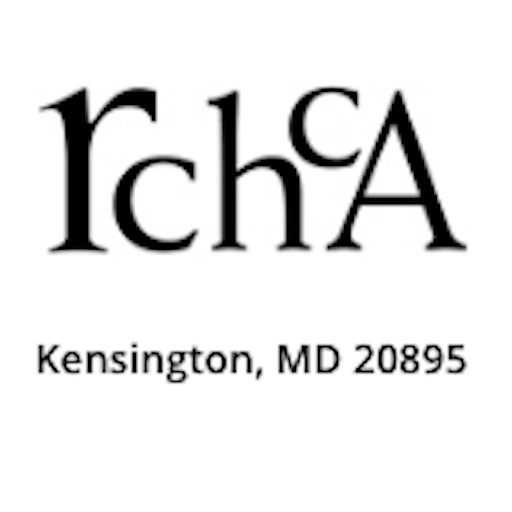Hello,
Last night was the first SSAC meeting to discuss all viable sites with committee members representing, municipalities, neighborhood associations, PTAs from all the elementary schools, County agencies (transportation, traffic, planning, parks, Council legislative analyst, and all the folks from Division Long Range Planning, and from the FAC) and observers.
The initial part of the meeting dealt with house rules and introduction of the outside volunteer facilitator, Ms. Della Stolsworth and her team. They were charged with moderating the discussion, setting the ground rules and asking ALL members of the committee, one at a time, for pros or cons of each site. They also indicated that last night’s discussions was solely for public property; private property will be discussed at the next meeting, which will be a closed meeting to the public, for the duration of private land discussions. (more on that later)
The MCPS staff introduced itself, followed by a presentation DLRP’s architect. He presented the enrollment trends and repeated Dr. Starr’s 8 site selection criteria: Location, Size, Topography, Access, Utilities, Cost, Physical Condition, Constrains, Availability, Costs. He also presented a new issue of “minimum allowable acreage” for construction of a middle school. The presentation circled around Lakeland MS, which is a 3-story building with a core of 1200, and built for capacity of 944. This was the base site used for setting the NET 10 acre bar minimum for building a new MS within MCPS. There was no advance public notification regarding this newly set minimum.
The committee was then presented with several new public sites (current operating schools or some closed schools), that had been nominated as new candidate sites from the community at large. In the heat of discussions, someone in the audience suggested knocking all sites 10 acres or less off the list, without following the intended analytical process of asking pros and cons for each site or given an opportunity to present ideas outside the box. This was a change in course mid-way through the process that diminished a list of 25 public sites to 8 (+/-). Then only committee members were allowed to vote, but by then it was suspect who was a member and who was not due to the volume and proximity of those allowed to vote vs. those not allowed to vote.
When the list of old candidates was posted, RCH was the first site up, I presented the biggest obstacle/con that contains the strongest legal substantive issue: the use of federal funds (LWCF) for development of RCH, managed by the State under POS. There was an immediate rebuttal from Bruce Crispbell, (Director of DLRP) indicating that MCPS has a reclaim right to the parcel, but failed to point out the current challenge facing MCPS with that right as a result of the use of fed. Funds.
Several issues were “parked” to give MCPS an opportunity to research and provide substantive data to complex matters (LWCF) and establish definitions of the criteria: what is centrally located? access? There was no distribution of supporting documentation to aide the committee members make informed decisions, when they are charged with making site selections.
The meeting ended with comments from the observing public. Jim Pekar took the opportunity to quote Dr. Starr’s recognition of the problem raised by LWCF/POS and the restrictions on parkland conversion. Tom Sisti followed by identifying the problem with conflicting descriptions of what is “central” to the cluster, and identifying gaps in access, as misrepresented in some sites, particularly RCH, NCC and Norwood Parks. THANK YOU GUYS!!!
You can see more of the presentation by going to:
www.montgomeryschosmd.org/departmens/facilities/REM/
Regards,
Sandra van Bochove
Old Spring Road
